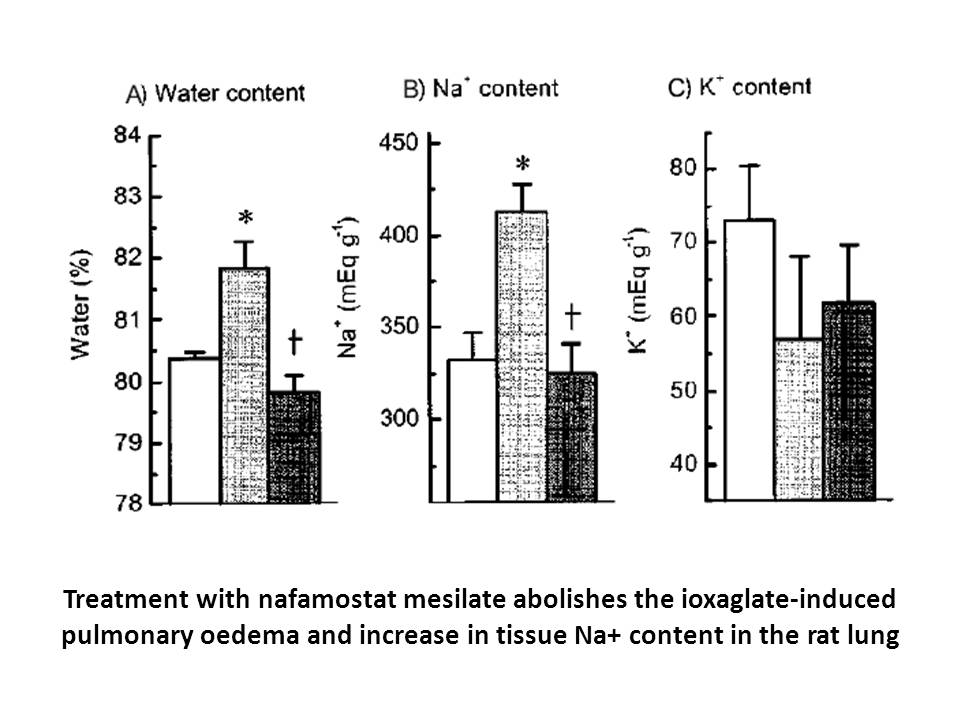Archives
Previously using a P lacZ reporter gene
Previously, using a P-lacZ reporter gene system, it has been shown that the β-galactosidase activity was 9-fold higher in the stationary phase Arylquin 1 sale when compared with those of the exponential phase [15]. Furthermore, inositol supplementation did not have a major effect on the expression of β-galactosidase activity in exponential phase cells. However, in stationary phase cells, the addition of inositol to the growth medium resulted in a dose-dependent increase in reporter gene activity. As such, our findings, which were derived from the direct observation of the endogenous gene expression, along with previous observations which were derived from the episomal reporter plasmid, confirm the inducing conditions of the PAH1 gene and the relationship between Pah1p PA phosphatase activity and TAG synthesis. This is because Pah1p encoded PA phosphatase activity increases as cells progress from the exponential to stationary phases of growth. Furthermore, the increase in PA phosphatase activity correlates with the accumulation of TAG that occurs in the stationary phase [20]. Interestingly, the increased PAH1 gene expression and activity, does not correlate with increased Pah1p protein levels, as has been shown by previous studies, and Pah1p is degraded via the proteasome to avoid the toxic effects of too much Pah1p buildup [21]. Our results also suggest that the Ino2p/Ino4p/Opi1p regulatory circuit is likely involved in the regulation of PAH1 expression in response to growth phase and inositol supplementation since the addition of inositol causes a change in PAH1 transcript level.
Through the EM studies, we have demonstrated that fragmented vacuoles decreased significantly when cells entered the stationary phase in WT cells (Fig. 2). On the other hand, fragmented vacuoles were significantly higher at both the exponential and stationary stages in the pah1Δ cells. Previously, it has been suggested that the lack of Pah1p causes irregular vacuolar morphology and dysfunctional V-ATPase pump activity [12], [16]. Accordingly, it has also been proposed that the conversion from PA to DAG is a critical event leading to vacuolar fusion [12]. As the most important PAP enzyme, Pah1p regulates this conversion process. Therefore, our observations strongly suggest that Pah1p is required for vacuolar fusion. Furthermore, we observed that the pah1Δ cells have more fragmented vacuoles than the WT cells in both exponential and stationary stages. We observed that 74.2% of the WT cells and 96.4% of the pah1Δ cells had fragmented vacuoles in the exponential phase. At the stationary stage, 96.9% of the pah1Δ cells' vacuoles remained fragmented while the WT cells only had 49.9% of their vacuoles fragmented. The percentage of fragmented vacuoles in the pah1Δ cells remained the same while the percentage of fragmented vacuoles in the WT cells dropped significantly at the stationary phase. These observations strongly suggest that Pah1p plays an important role in the upstream of the regulatory pathway for vacuolar fusion.
Although our EM studies demonstrated that the pah1Δ cells had more fragmented vacuoles than the WT cells, the pah1Δ cells grew just as well in pH 7.0 as they had in pH 5.5, similar to, or even better, than the WT cells (Fig. 3). Furthermore, the pah1Δ cells exhibited an even more acidic vacuolar pH than the WT in alkaline conditions (Fig. 4). One would expect that abnormal vacuolar morphology is associated with abnormal vacuolar acidification due to dysfunctional V-ATPase pumps. However, this is not always the case. Mutants with some of the phenotypic characteristics of abnormal vacuoles, including fragmented vacuoles, seem to either have functional V-ATPases or are partially defective in the assembly of the V-ATPase [22], [23]. Therefore, abnormal vacuolar morphology is not necessarily associated with abnormal vacuolar acidification.
While the pah1Δ cells had more fragmented vacuoles, the V-ATPase pump activity of the pah1Δ cells was more active than that of the WT cells because of their more acidic vacuoles (Fig. 4A). These results led us to believe that the genes involved in the vacuolar pump activity should be upregulated. Indeed, RNA analysis results showed that all the genes involved in the acidification process were upregulated in the absence of Pah1p compared to that of WT during the stationary phase. The two genes that were not upregulated, VPH1 and VMA11, are not part of the acidification process required to acidify the vacuole. Thus, it is possible that upregulation of the genes involved in the acidification process is responsible for the acidic vacuolar pH found in the pah1Δ mutant. This result may also suggest that Pah1p has a negative effect on the expression of genes involved in the acidification process. Interestingly, quite a few of these genes contain a UAS, which are types of genes PAH1 can negatively regulate. For example, VMA1, VMA5, VMA8, VMA13, and VMA16 all contain a UAS in their promoter regions. It is likely that Pah1p can regulate these genes negatively by binding to their UAS and controlling their expression. Thus, the molecular link between Pah1p and V-ATPase gene expressions has been established.
in the vacuolar pump activity should be upregulated. Indeed, RNA analysis results showed that all the genes involved in the acidification process were upregulated in the absence of Pah1p compared to that of WT during the stationary phase. The two genes that were not upregulated, VPH1 and VMA11, are not part of the acidification process required to acidify the vacuole. Thus, it is possible that upregulation of the genes involved in the acidification process is responsible for the acidic vacuolar pH found in the pah1Δ mutant. This result may also suggest that Pah1p has a negative effect on the expression of genes involved in the acidification process. Interestingly, quite a few of these genes contain a UAS, which are types of genes PAH1 can negatively regulate. For example, VMA1, VMA5, VMA8, VMA13, and VMA16 all contain a UAS in their promoter regions. It is likely that Pah1p can regulate these genes negatively by binding to their UAS and controlling their expression. Thus, the molecular link between Pah1p and V-ATPase gene expressions has been established.